The photos I've included represent neither traditional nor chaos gardening, they are just some of my favorites. All photos are my own, and all were taken in my gardens with the exception of the mass pansy display.
About six months ago I started noticing references to something called chaos gardening, a trend ostensibly popularized on Tiktok. I don’t do Tiktok, so I'm always a bit behind when it comes to Tiktok trends (and I'm totally okay with that.) I made do with a little internet reading to find out if chaos gardening was what it sounded like, just planting things willy-nilly without any thought to planning. Apparently it can have this meaning, but with many variations possible.
Like many terms these days, chaos gardening has a range of meanings depending on who is using it. Most authors I read were in agreement on its basic meaning of an initial scattering of seeds, followed by minimal care. Most articles focused on ornamental gardens, others mentioned mixing in the seeds of edibles. The reason most commonly cited for adopting the method was that it is more “carefree” than traditional techniques, although many sources conceded that weeding and soil care were still necessary and might be time-consuming.
One of the more realistic articles I found was on Martha Stewart's website, which warned that weeding would still be necessary. The informal appearance of the final product might project an aura of carefree ease, but it would require work to achieve. The authors stressed that it was mainly in the planning phase that labor would be saved, since there is essentially no planning involved.
As I scrolled through different sites, it was quite noticeable that many of the photographs appeared to be of highly designed gardens that included shrubs and perennials as well as annuals. Many were classic cottage gardens, a style known for its informal, massed arrangements of mixed ornamental, edible, and medicinal plants. Interestingly, not a single photo had a caption proclaiming that it was indeed a chaos garden, though lacing garden descriptions with pictures of flower-filled spaces heavily implies a connection between the two. It was pretty clear the authors were using stock photos of informal gardens because that was all they had.
I think success is possible with the chaos method, but only with realistic expectations of what success would look like. Anyone who thinks their foray into chaos gardening will resemble the photos I found would be sorely disappointed. However, a well-prepared bed, seeded randomly then thinned, watered, and weeded until established, could potentially produce a pretty result.
The problem with touting the method as labor-saving is that only a tiny portion of labor time is spent on design. Annuals bloom all season so there is no need to coordinate bloom times, and the garden will only last one year so if you don't like it you can do something else next year. As long as your colors complement each other, your beds will look spectacular. I usually just put plants in the ground, ornamental and edible alike, being mindful of sun and shade needs, with taller plants near the back of the border, or the center of the bed as the case may be. (The exception is designing to maximize food production in a small space which requires careful planning.)
The vast majority of the work in any real garden consists of soil prep, thinning, weeding, and watering, not design. Even if you're working on a meticulously planned perennial bed created to have a number of plants blooming at any given time, you only do it once. Building good soil is the foundation of any successful garden, regardless of growing method. I would estimate that even in my low-labor potager, 75% of my work consists of soil-building activities centered around mulching and composting. For those not creating soil on site, but instead trucking it in, there is still work (and expense) involved. I sometimes take a minute to throw leftover seeds of greens on a plot in the spring, but any success this brings rests on a quarter century of soil care.
Some articles I read mentioned labor saved by not messing around with starting seeds inside ahead of time, which takes time, space, and attention. It also has three huge advantages: earlier blooms (and fruit and veg), no thinning later on, and much less weeding because larger plants take up space that weeds would otherwise fill. With annual flowers you can do work now or later.
Thinning can be quite tedious, but is essential. When the seeds of annual plants sprout and grow close together they are stunted. It's not like a forest, with many saplings competing over years, the weaker ones dying off and the stronger ones eventually growing to towering size. With annuals you've got one shot at success, and if you don't thin sprouts and remove weeds, you will end up with an undifferentiated green mass. With a little care, you'll get beautiful blooms, but expect them later in the season. The gorgeous bedding plants at the garden center were started up to two months early to ensure gratification for the entire season.
I've been harping on annuals, but should I assume that only annuals seeds are used in chaos gardeing? Surprisedly, no article I read specified which was recommended or even mentioned the difference between annual and perennials at all, though results will differ significantly between the two. Because they only live one year, annual plants grow quickly, spread out, and produce as many flowers and seeds as possible because they will die once cold weather arrives. This means that once they begin blooming you will get a colorful display flowers for the rest of the season, which is why many gardeners love annuals.
Gardeners do grow perennial plants from seed, however, and it's a great way to acquire plants cheaply. I have a four flats seeded with native perennials going now, which I check daily for sprouts. Many of the photos I came across in chaos garden articles showed perennials, but with no explanation of their life cycle. Perennial plants live many years and spend a relatively short time each season flowering and forming seeds. Importantly, many do not flower in their first growing season, but rather bide their time, growing strong roots and stems during their first year. Growing perennials is a commitment to nurturing over several years, and it's best to leave lots of space between plants for the first few years to allow room for them to grow. The second year might bring blooms, but the tangled masses of carefree color promised by chaos gardening advocates won’t come until the perennials mature.
The beautiful displays of perennial flowers I saw in some the photos accompanying chaos garden articles were highly misleading. The worst offender was Martha Stewart's website, where her editor used a photo of a mature, highly-designed garden containing exclusively shrubs and perennials to introduce the piece. The idea that this could result from simply throwing out seeds is ludicrous, and I sincerely hope the photo was chosen to illustrate the opposite of a chaos garden.
The core premise of chaos gardening is sound: As long as you do proper soil preparation and commit to a minimum level of maintenance, you can simply sow seeds randomly and enjoy the results. An unplanned combination of colors and textures can be pleasing to the eye and soul. This technique is nothing new. Chaos gardening is simply taking wildflower meadow techniques and using them in previously formal beds.
The fact that wildflower as well as vegetable seed mixes are readily available for purchase indicates that gardeners appreciate the ease of scattering seed blends. I've used lettuce mixes for quick spring greens, but I've learned to read the packets first. A mix including arugula or a similarly aggressive plant will result in a bed of pure arugula, which sprouts and grows much faster than lettuces. All the seeds in a mix might be perfectly viable, but germination and growth vary among species, and the quickest growers will outcompete the others. Chaos gardeners might not get the vibrant and jumbled results they hope for, but instead a fine stand of the weediest flower in the mix.
One purported aspiration of chaos gardeners is letting go of control in the garden, a goal I can endorse and which I've covered in numerous posts like this one. The best articles I read took chaos gardening as a long term attitude rather than merely a toss of seeds in spring. Encouraging self-sowing plants, valuing volunteers, and including plants for wildlife were part of some authors’ conception of chaos gardening. Some even veered into discussions of viewing your garden as an ecosystem, and took the initial random scattering of seeds as merely the first step, after which the gardener would observe closely and acquire knowledge to build on in following years. Working with nature was mentioned.
Chaos gardening definitions include everything from throwing old seeds on your lawn in spring to a thoughtful, unstructured approach to gardening that eschews traditional rules. This wide range of meaning makes it difficult either to condemn or endorse the practice. The pieces I read from mainstream sources tended toward shallow cheerleading of the technique, showing mature and highly designed spaces, while claiming it to be a low-work miracle.
The one thing emphasized repeatedly about chaos gardening was that it is carefree. The language of letting loose, breaking rules, throwing caution to the wind, filled the articles, obviously appealing to women who have simply had enough. As I read, I got the sense that it was immaterial if readers followed the advice given, because simply reading the words and looking at beautiful pictures was meant to be a type of therapy. It didn't matter if the technique actually worked in the real world or not, the reader could vicariously enjoy the fantasy of someone, somewhere, going footloose and fancy-free.
For those interested in real life gardening methods, I unequivocally recommend adopting a more relaxed approach in the garden. Treating your space as an ecosystem and allowing plants, within reason, to spread as they please, is naturally more relaxing than following rules out of a feeling of obligation. Mixing annuals, perennials, and shrubs, and including ornamentals, medicinals, and edibles, really can lead to less work, and a lower stress garden. I'm in favor of all of the above, but calling such a space a chaos garden makes no sense to me.
To Mother Nature, straight rows and strict rules of placement represent disorder and an unnatural departure from a system that makes efficient use of all available sun, space, and nutrients. Relaxing rules and letting go of control will actually move your garden toward more order, though you might not recognize it as such. Nature contains the random and the chaotic, and at first these aspects might be the most noticeable, but further observation will reveal an impeccable order. Seeds will sprout and thrive where it is most appropriate for them to grow. Plants will do well — or not — depending on the specifics of the site, and can be encouraged, transplanted, or removed as needed. You might have disagreements with nature about certain plants, and refer to them as weeds. That is perfectly fine, as long as you can come to an compromise with nature that works. It's not so much letting go of control and shunning rules that will lead to a carefree garden experience, but accepting a different definition of order, and it is this acceptance that will lead to less work in the long run. Gardening is never truly carefree, but it can certainly be a glorious pleasure.




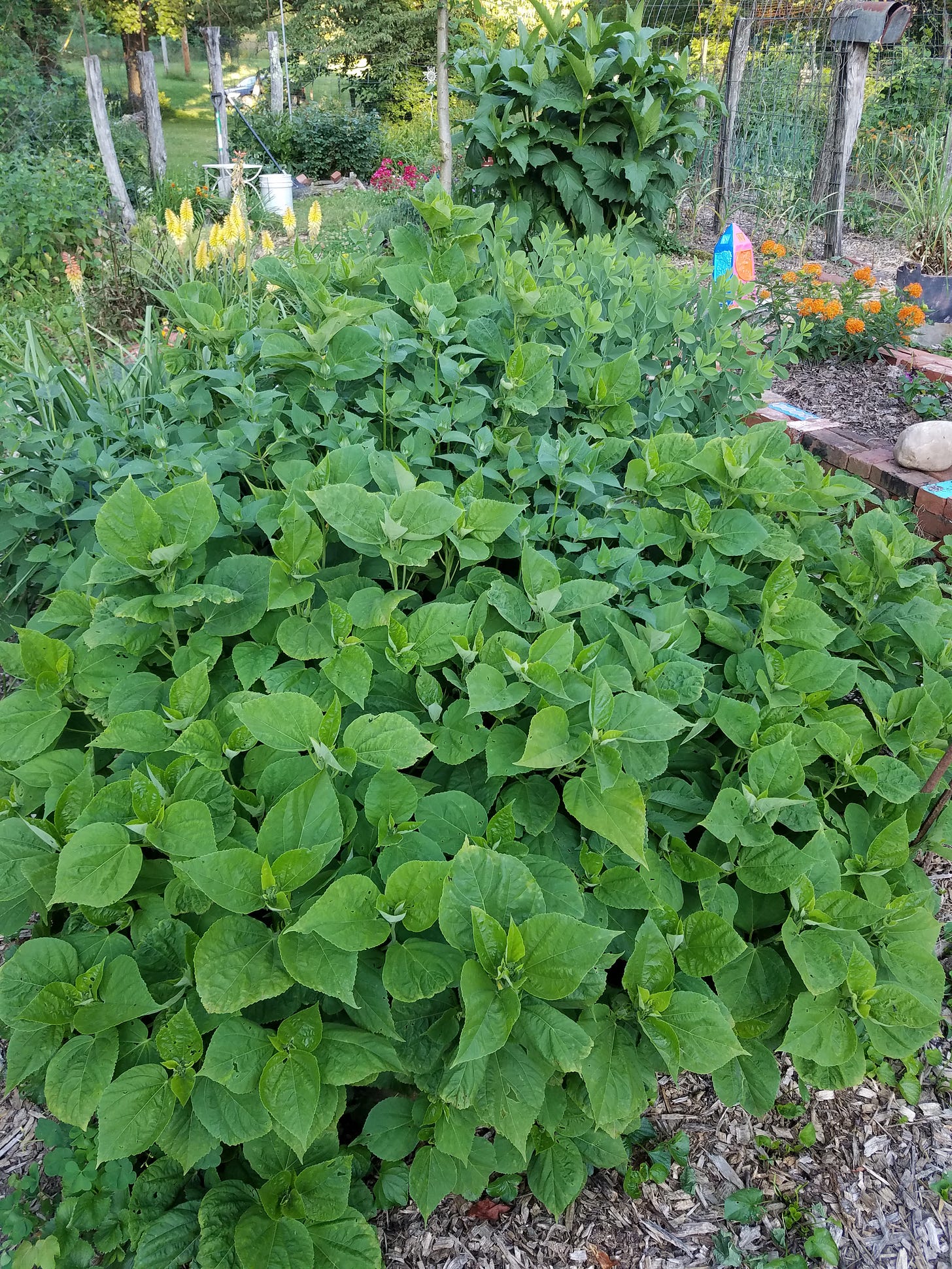
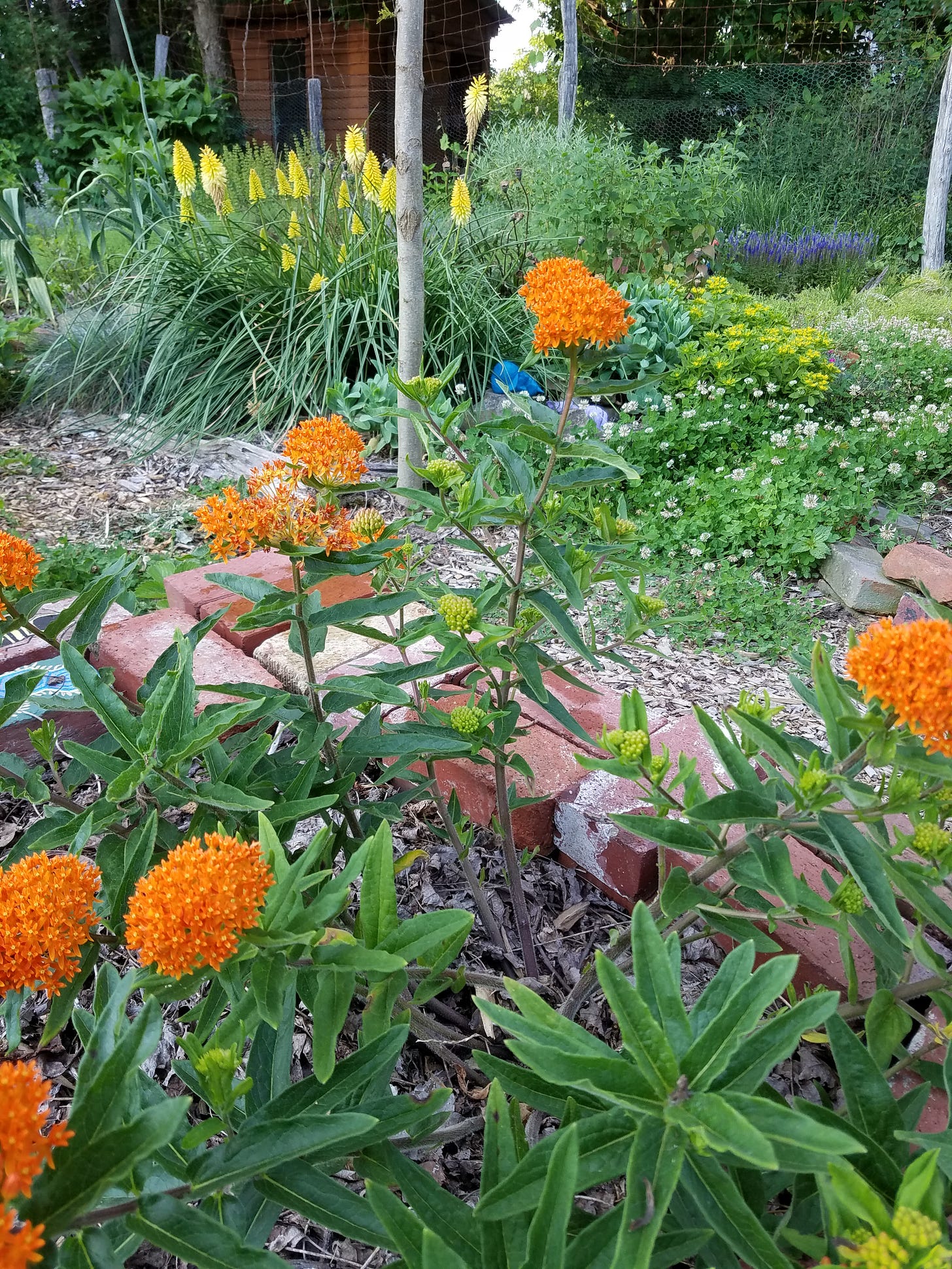
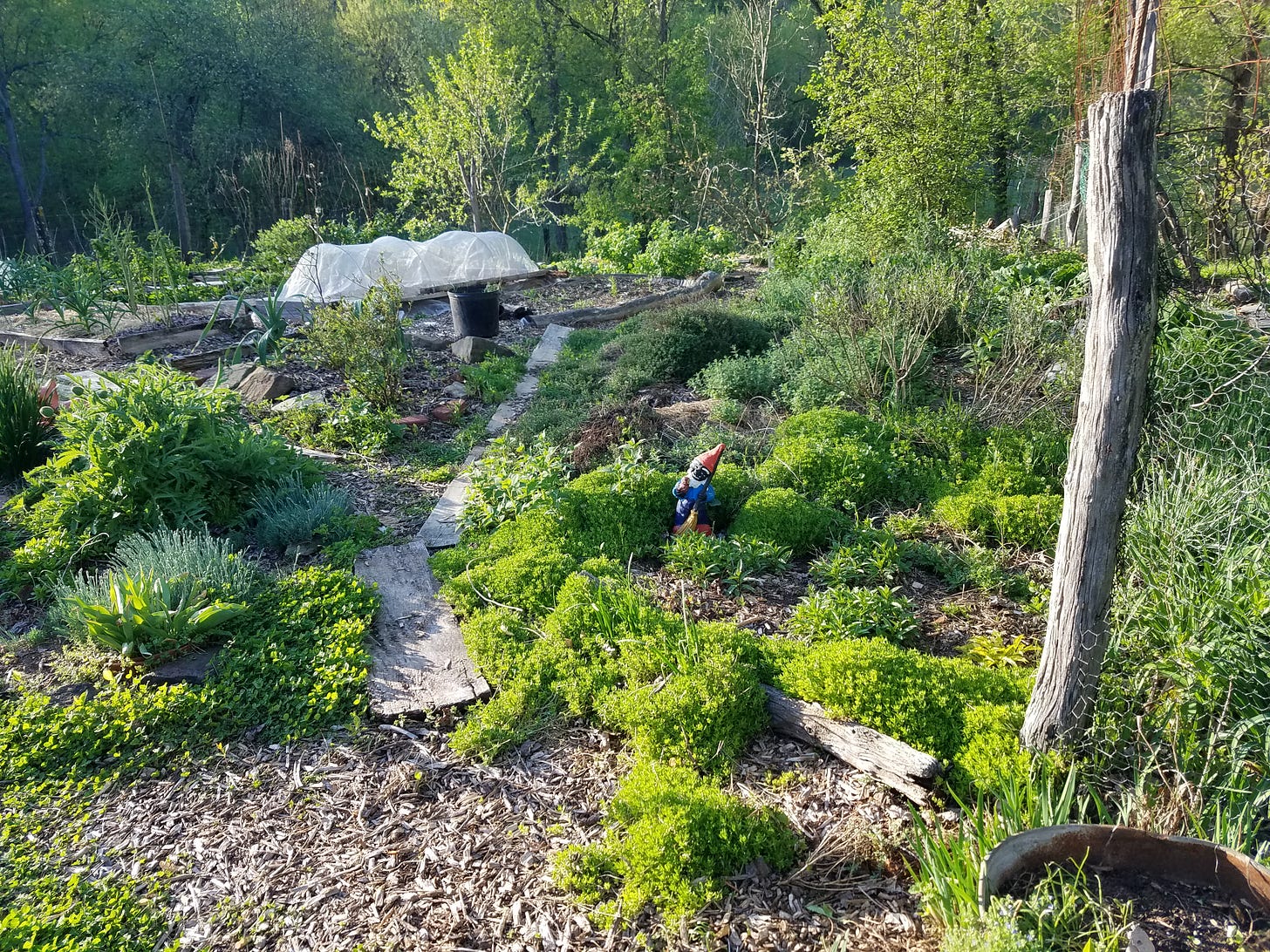
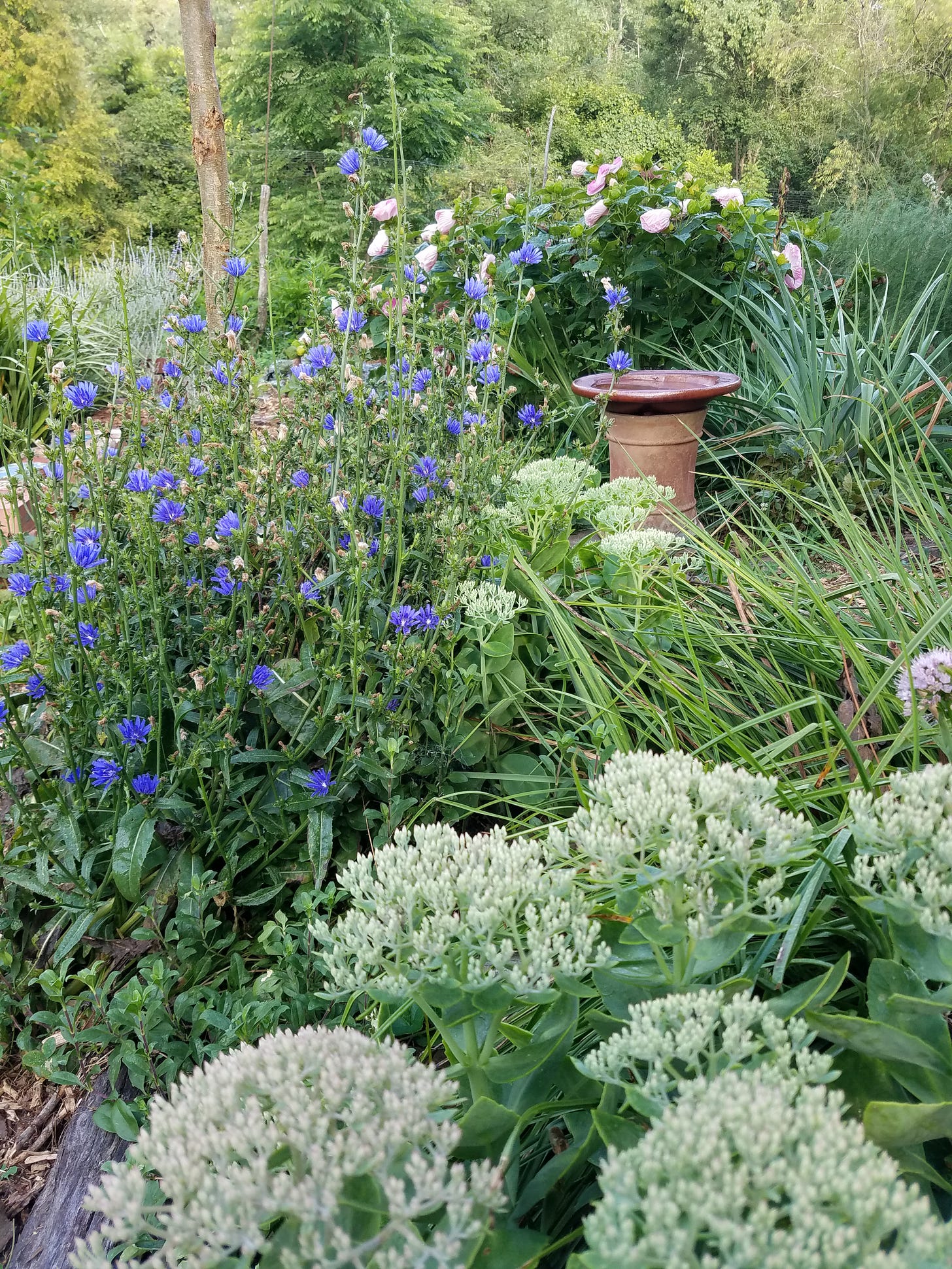

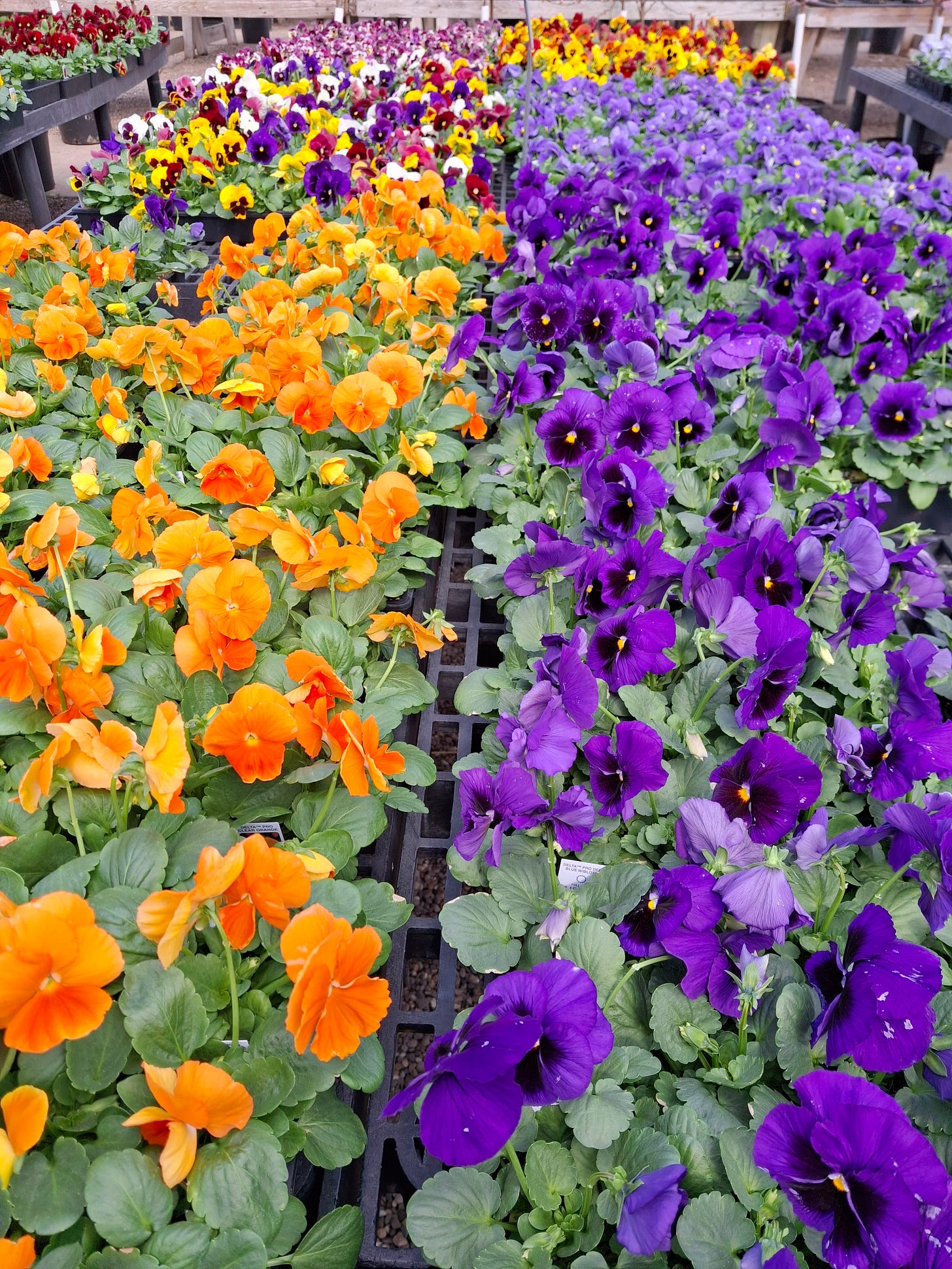


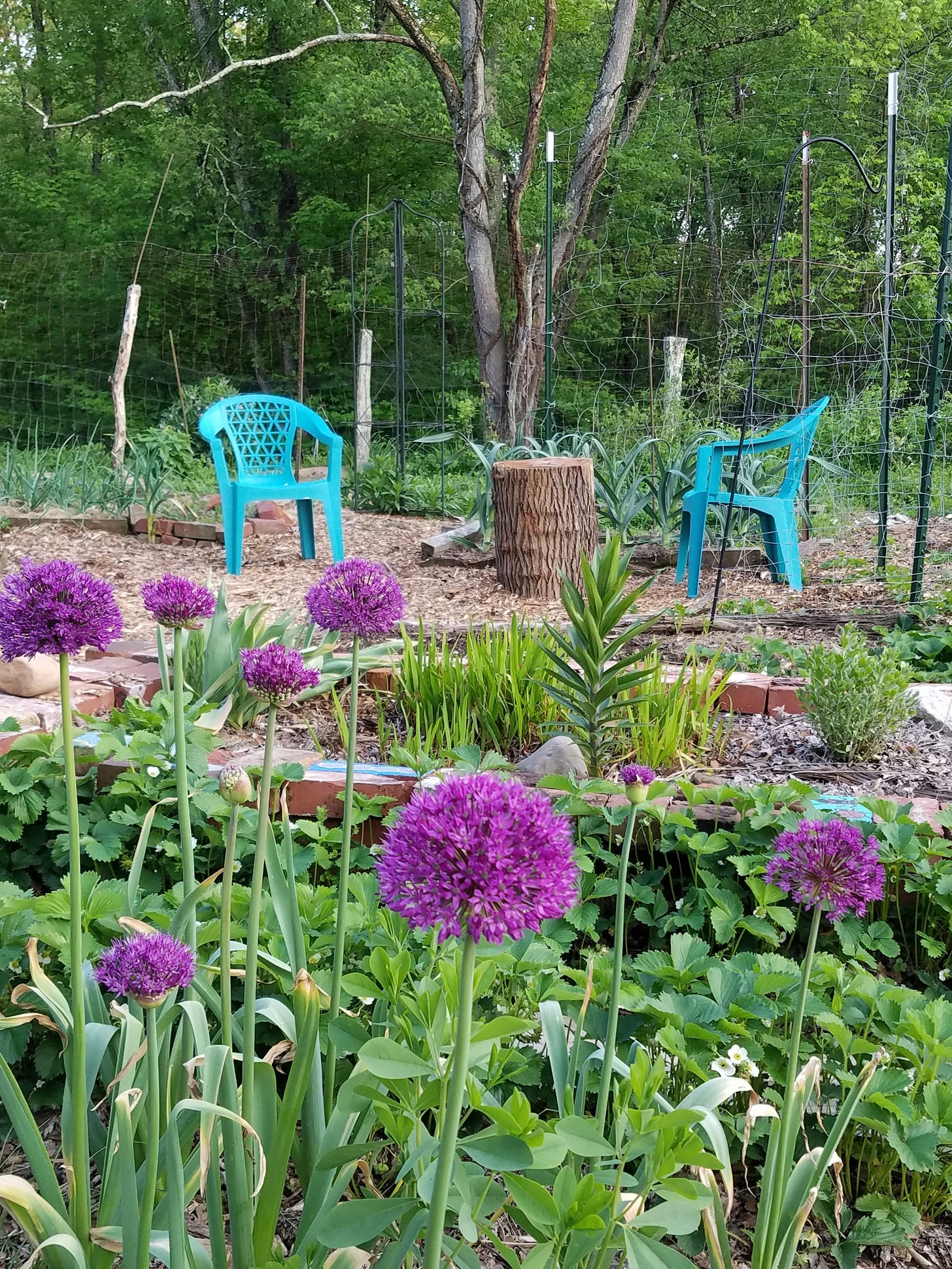
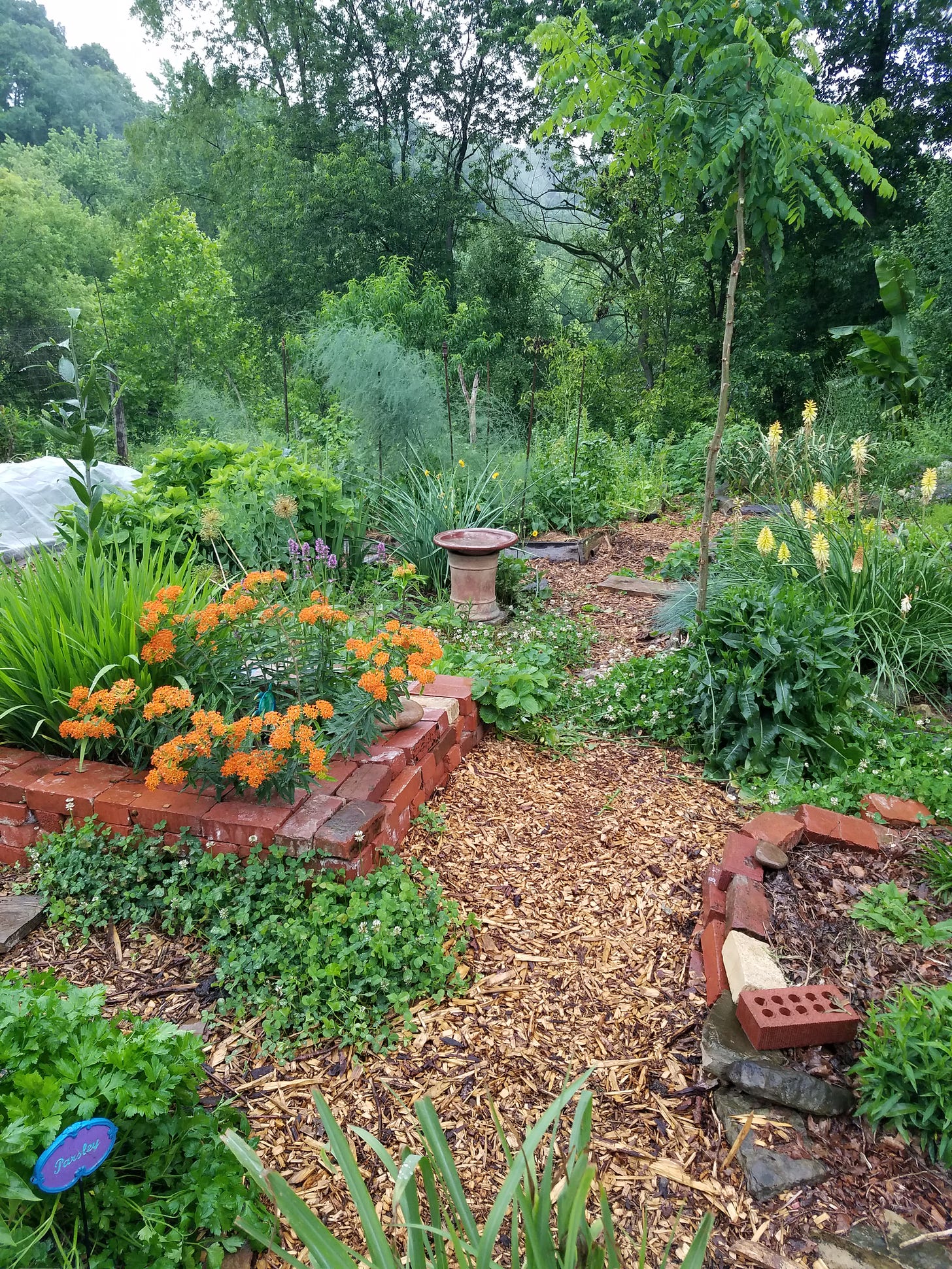
Lovely photos, but the copy made me think...
Doesn't one of the famous dictionaries issue "the word of the year?" This year it might be: "chaos." We have chaos governance, chaos economics, chaos stock market, chaos diplomacy, chaos elections, chaos propaganda, chaos speech making, chaos internet influencers, chaos media, a chaos president, chaos supreme court, and a chaos congress, so why not chaos gardening? The good thing about chaos gardening is that it's easier to clean up afterwards.